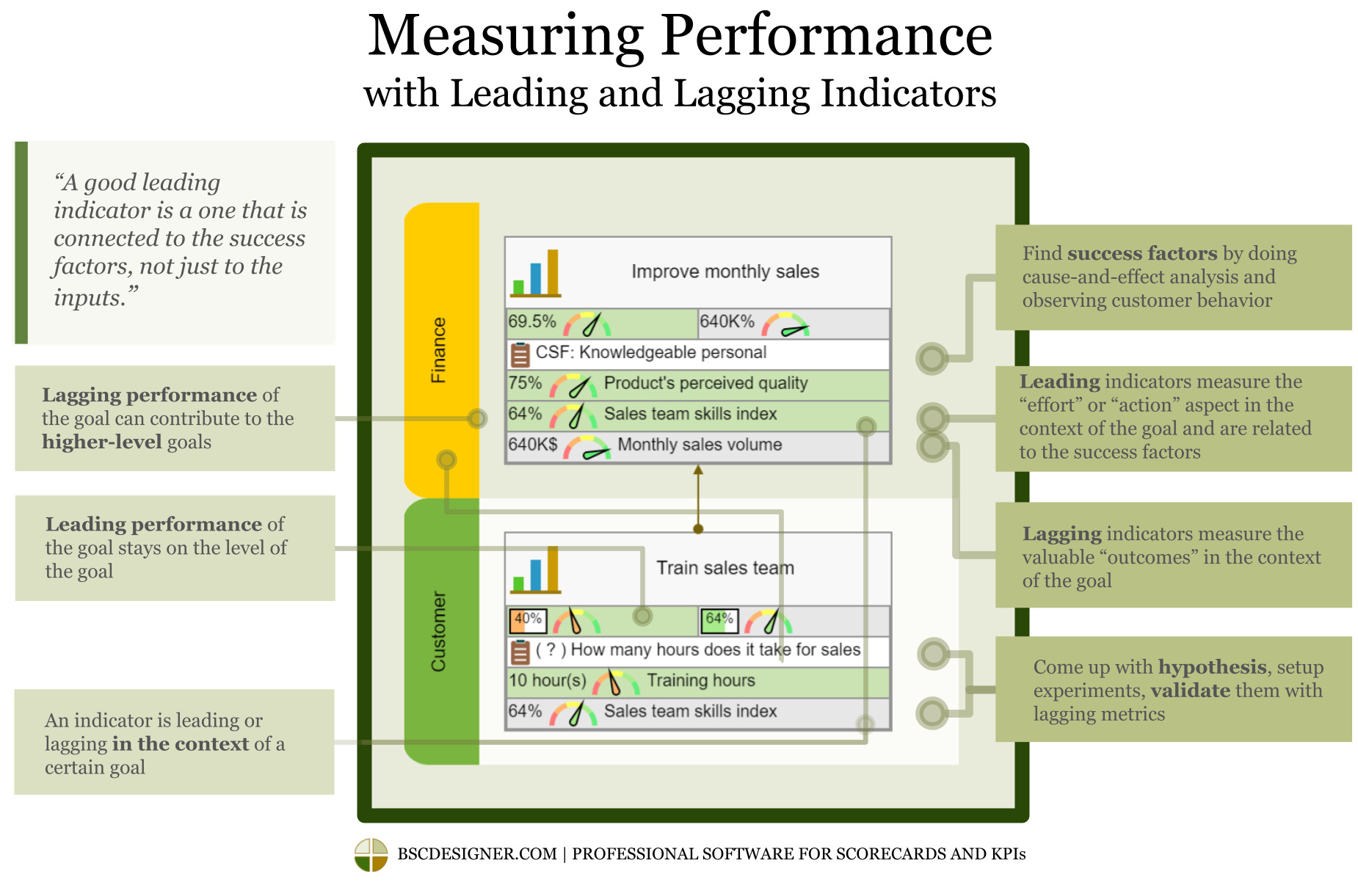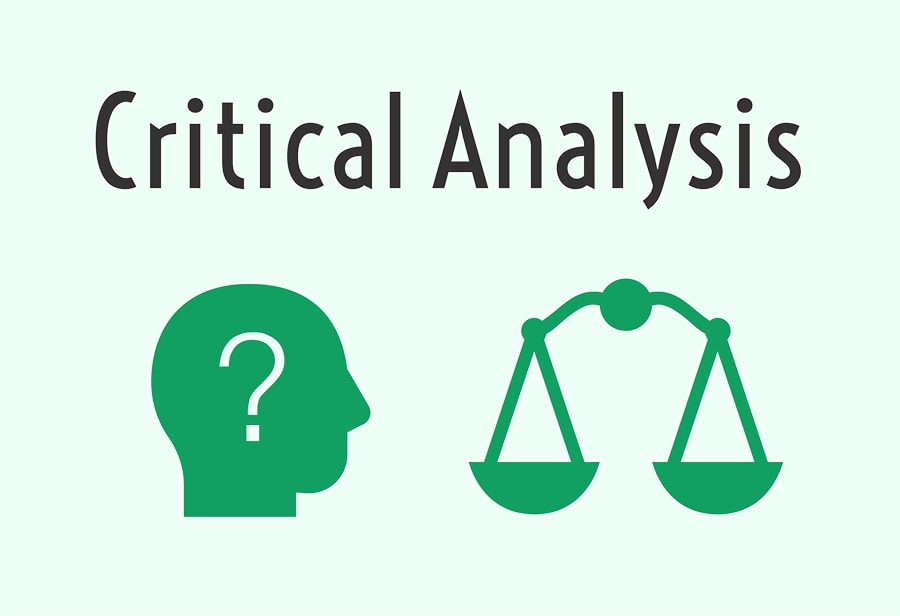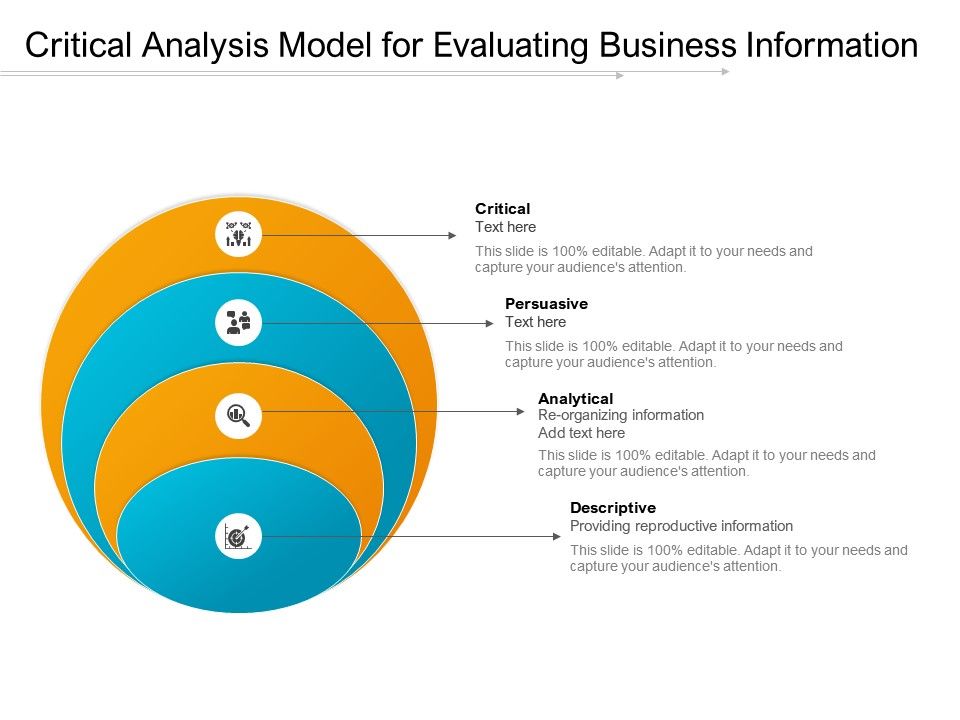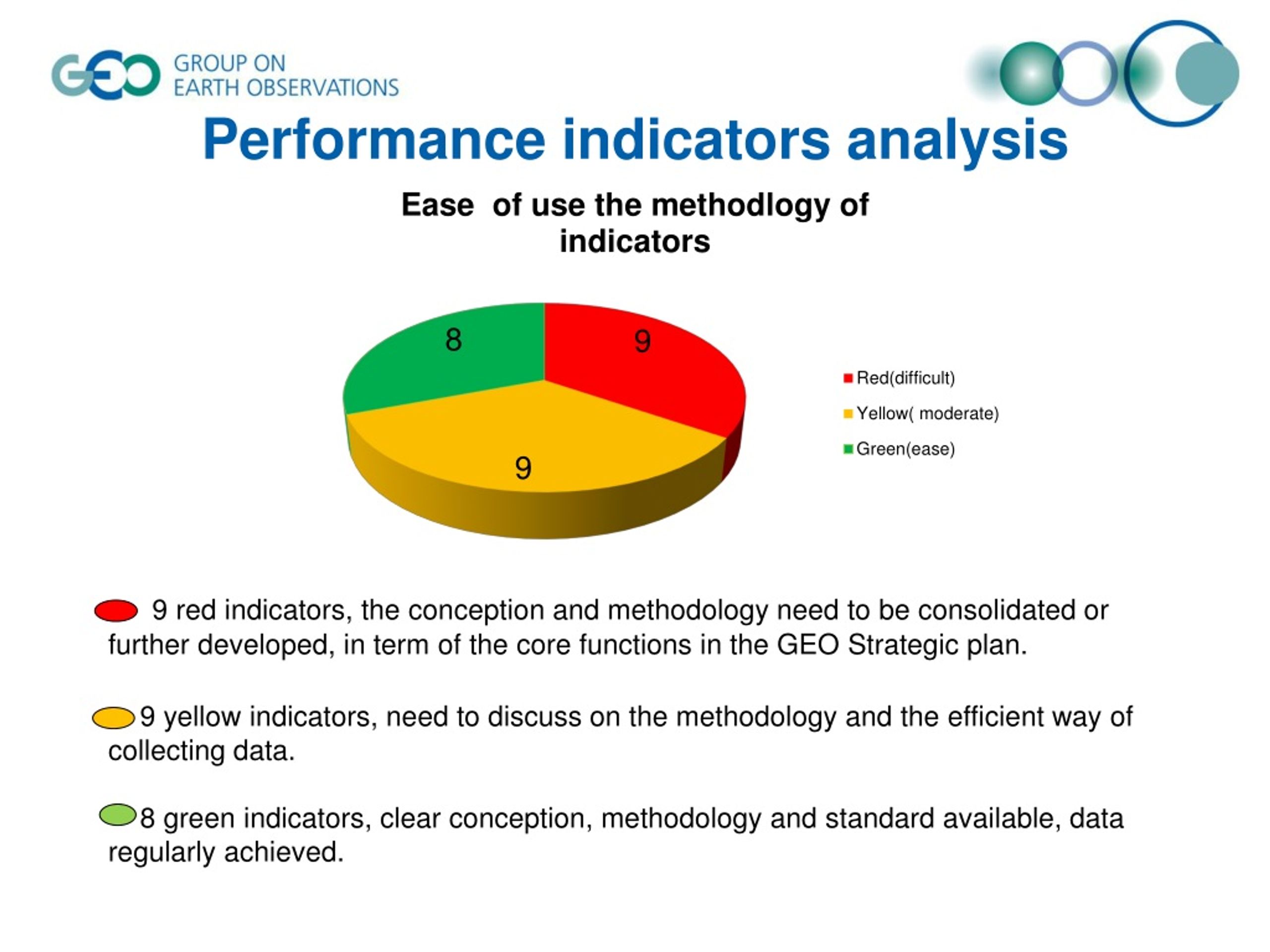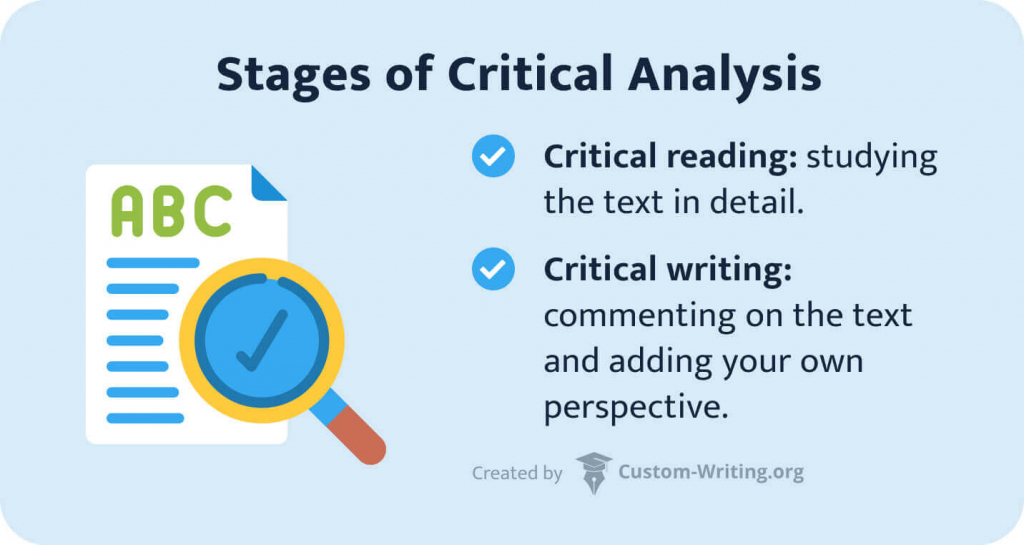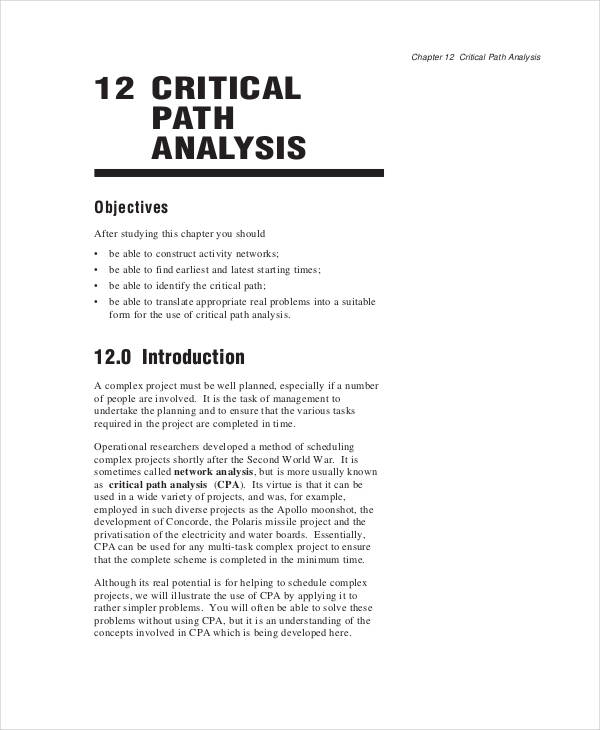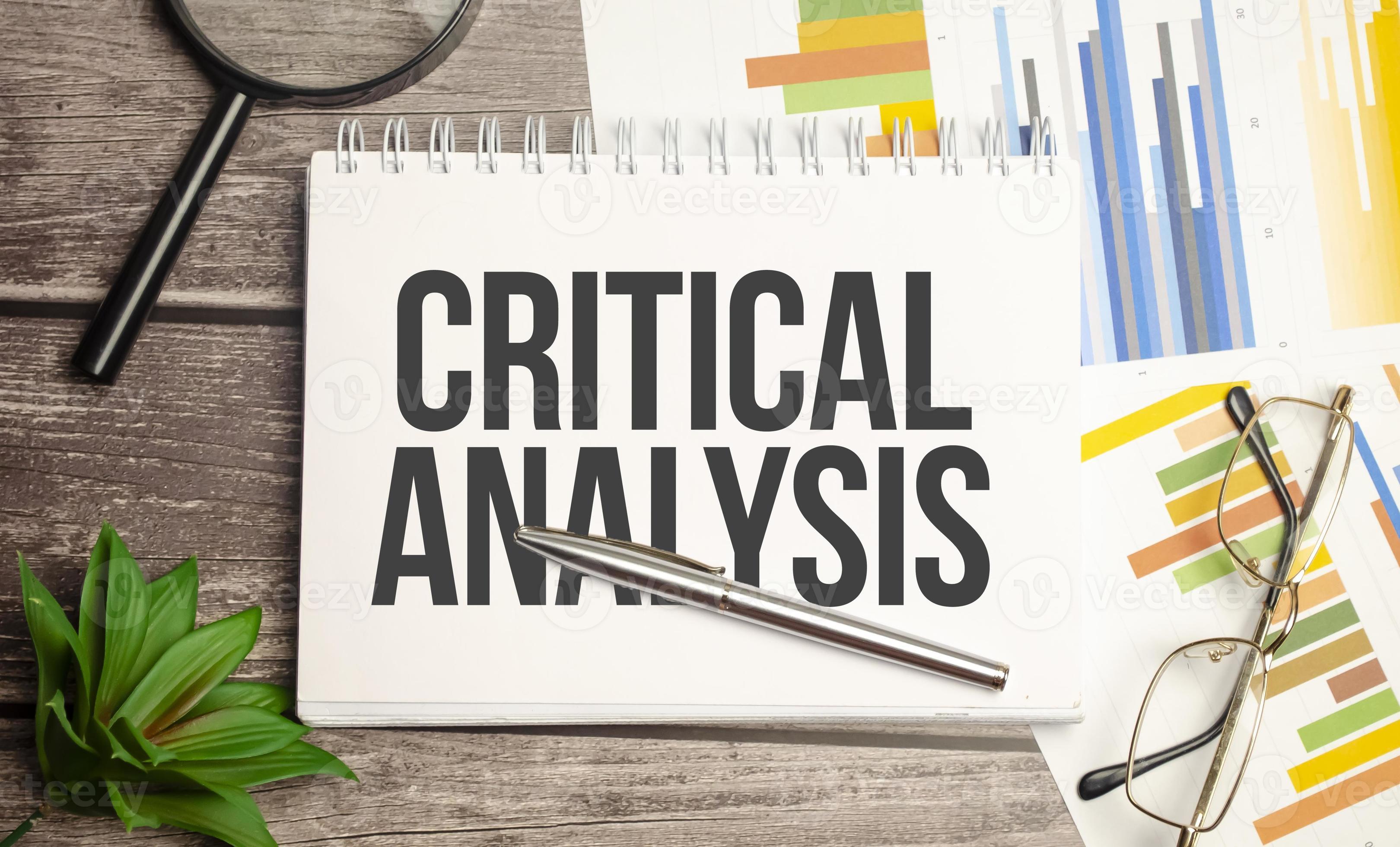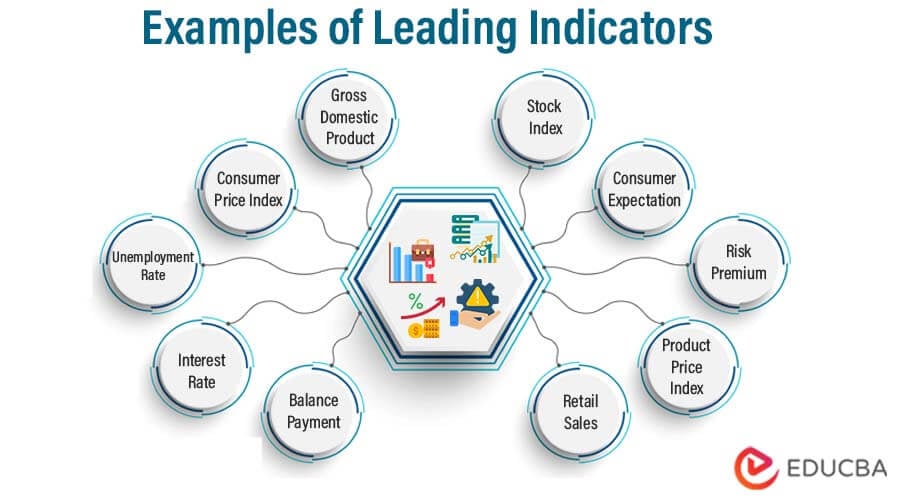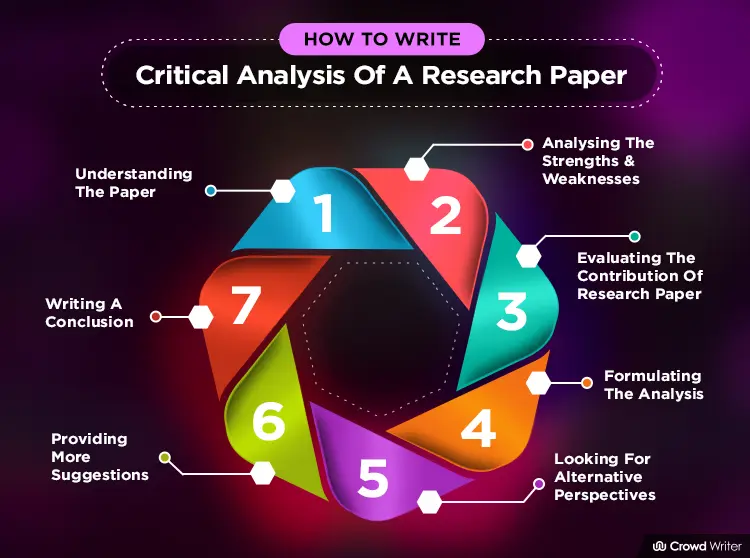An Indicator Is A Comprehensive Analysis Of Critical

A sweeping new assessment, "Indicator: State of Global Preparedness," reveals critical vulnerabilities across multiple sectors, demanding immediate action to mitigate potentially catastrophic risks.
The comprehensive analysis, released today by the Global Risk Consortium (GRC), paints a stark picture of systemic fragility, exposing widespread inadequacies in infrastructure, public health, and cybersecurity that could trigger cascading failures globally.
Key Findings of the "Indicator" Report
The report, a culmination of two years of data collection and analysis from over 150 countries, focuses on identifying critical points of failure across key sectors.
These sectors include: infrastructure resilience, public health capacity, digital security, food and water security, and climate change adaptation.
Infrastructure Resilience Lacking
The "Indicator" report highlights severe underinvestment in infrastructure maintenance and modernization worldwide.
Aging infrastructure, particularly in developed nations, is increasingly vulnerable to extreme weather events and cyberattacks, posing significant risks to transportation, energy, and communication networks.
GRC recommends a global initiative to prioritize infrastructure upgrades and implement robust risk management protocols.
Public Health Systems Overwhelmed
The assessment reveals that global public health systems remain woefully unprepared for future pandemics.
Chronic underfunding, inadequate surveillance capabilities, and a lack of trained personnel are identified as major shortcomings.
The report calls for increased investment in pandemic preparedness, including strengthening international collaboration and establishing robust early warning systems.
Cybersecurity Threats Escalating
Cybersecurity vulnerabilities are identified as a rapidly growing threat to global stability.
Critical infrastructure, government agencies, and private sector organizations are increasingly targeted by sophisticated cyberattacks, with potentially devastating consequences.
The GRC urges governments and businesses to prioritize cybersecurity investments, enhance data protection measures, and foster greater collaboration on threat intelligence sharing.
Food and Water Security at Risk
Climate change and resource depletion are putting immense pressure on global food and water security.
The report warns of increasing food shortages, water scarcity, and displacement of populations due to environmental degradation.
Sustainable agricultural practices, water conservation measures, and investments in renewable energy are crucial to mitigate these risks.
Climate Change Adaptation Insufficient
The "Indicator" report concludes that current climate change adaptation efforts are insufficient to address the accelerating impacts of global warming.
Rising sea levels, extreme weather events, and widespread ecosystem disruption pose significant threats to coastal communities, infrastructure, and biodiversity.
The GRC emphasizes the need for more ambitious climate action, including reducing greenhouse gas emissions, investing in climate-resilient infrastructure, and supporting vulnerable populations.
Data Behind the Assessment
The "Indicator" assessment relies on a combination of quantitative and qualitative data, including government statistics, academic research, and expert opinions.
Over 5,000 data points were analyzed across the five key sectors, providing a comprehensive and nuanced understanding of global risks.
The methodology employed by the GRC is peer-reviewed and transparent, ensuring the credibility and reliability of the findings.
Call to Action
The "Indicator" report serves as a wake-up call to governments, businesses, and individuals worldwide.
Immediate action is needed to address the critical vulnerabilities identified in the assessment and build a more resilient and sustainable future.
The GRC is calling for a global summit to convene world leaders, experts, and stakeholders to develop a comprehensive action plan to address the challenges highlighted in the report.
The full "Indicator: State of Global Preparedness" report is available for download on the Global Risk Consortium website, grc.org. A series of webinars and workshops will be held in the coming weeks to discuss the report's findings and explore potential solutions. Stakeholders are urged to review the findings and implement appropriate risk mitigation measures.
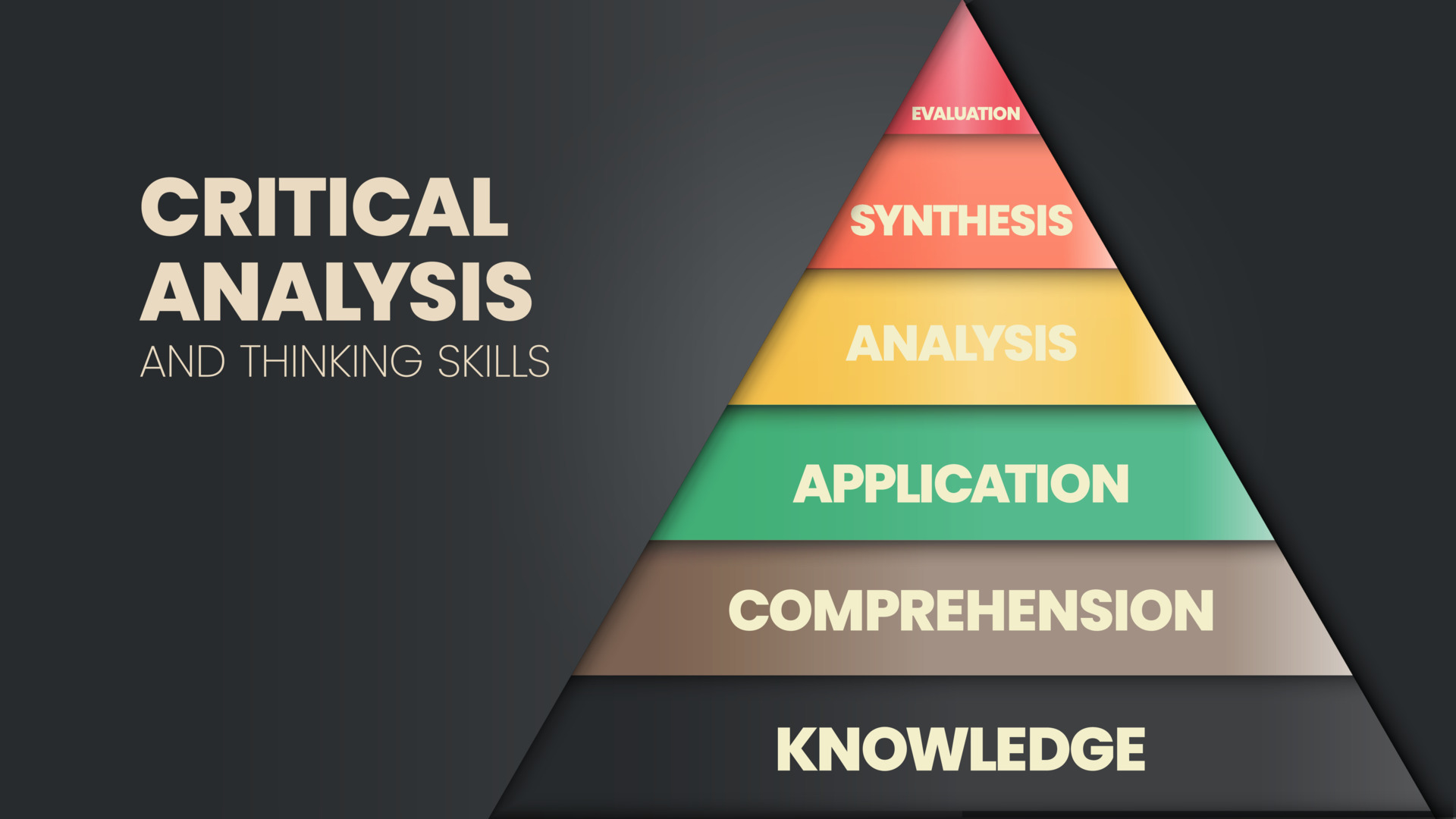

![An Indicator Is A Comprehensive Analysis Of Critical Critical Analysis Essay Example, Topics, & Writing Guide [2025]](https://custom-writing.org/blog/wp-content/uploads/2021/10/steps_with_lists_analysis-1024x622.jpg)
